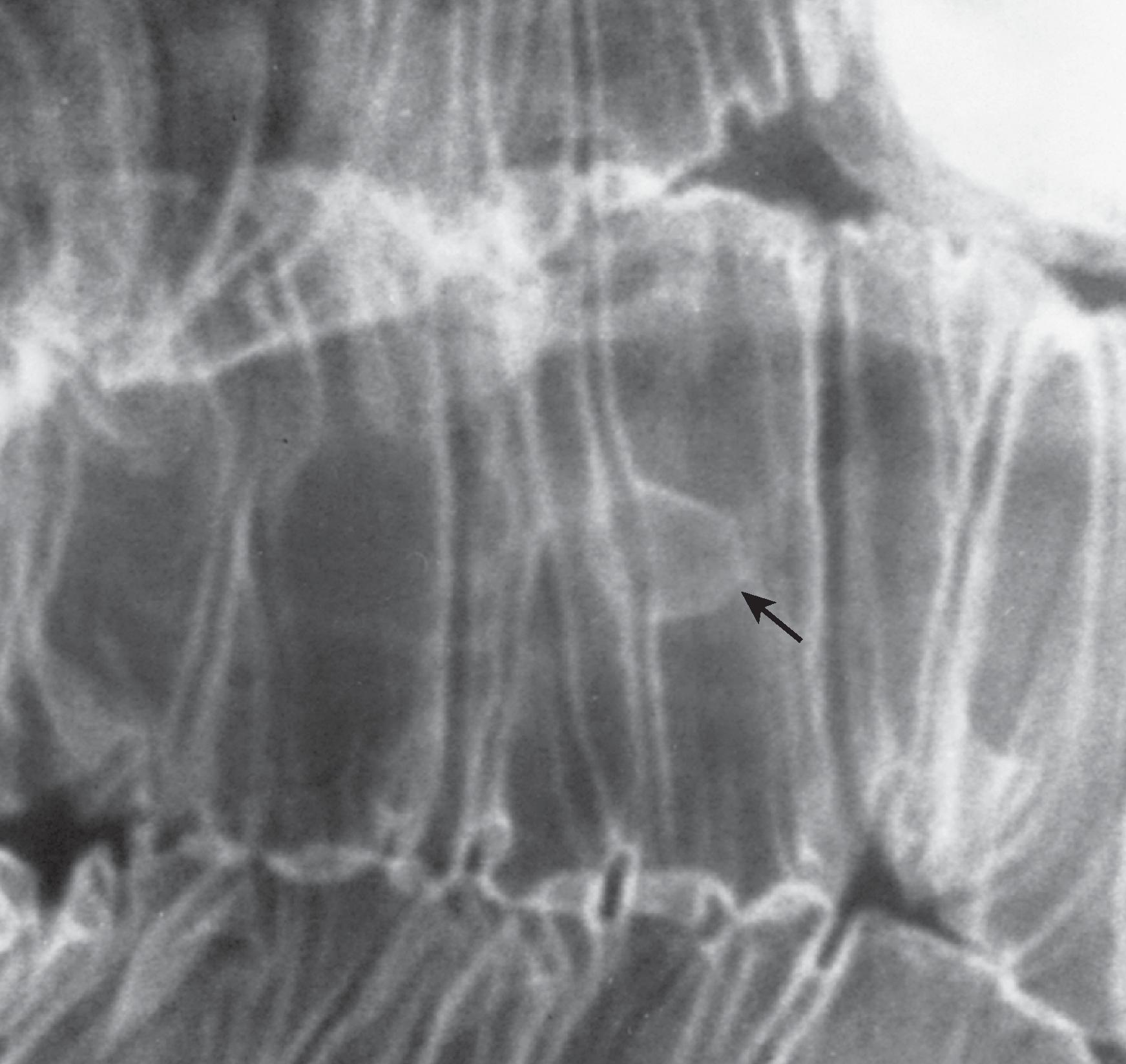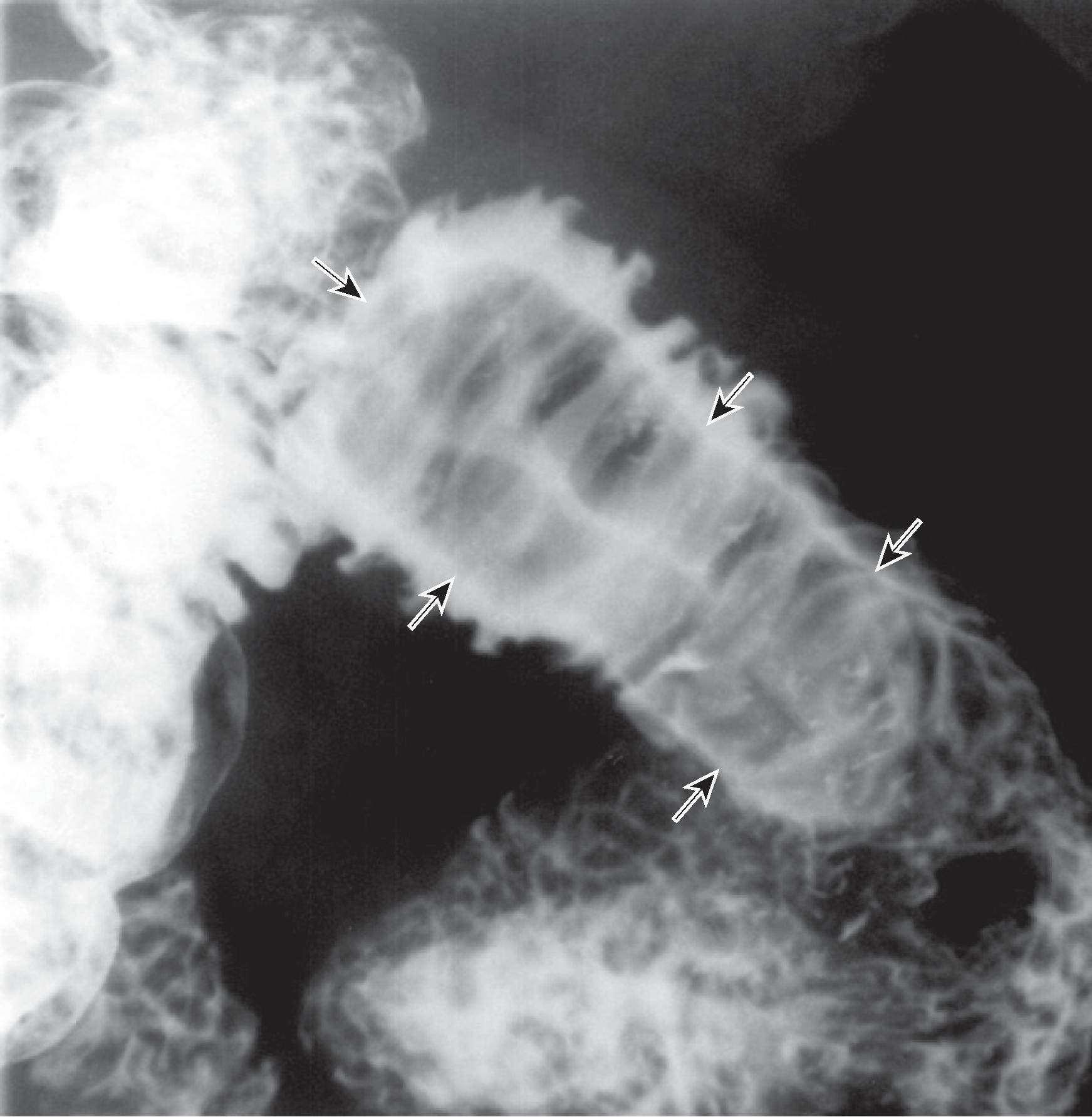Physical Address
304 North Cardinal St.
Dorchester Center, MA 02124
Despite a wide variety of histologic types, benign and malignant tumors of the small bowel constitute only 1% to 5% of all gastrointestinal (GI) neoplasms. , Nearly 75% of small bowel tumors discovered at autopsy are benign, while most found at surgery in symptomatic patients are malignant neoplasms. When diagnosed antemortem, benign small bowel tumors are usually found during the sixth to eighth decades of life and occur with equal frequency in men and women.
Symptomatic patients with small bowel neoplasms may present with abdominal pain, nausea, vomiting, or other clinical features of partial or intermittent small bowel obstruction (SBO). Intussuscepting small bowel neoplasms may also cause obstructive symptoms, and most are found to be benign tumors. About 40% to 50% of symptomatic patients with benign small bowel tumors present with GI bleeding. In contrast, constitutional symptoms such as malaise, anorexia, and weight loss are uncommon in patients with benign small bowel tumors.
Computerized tomography (CT) has become the most readily available and commonly utilized imaging modality for evaluating patients with nonspecific abdominal symptoms. CT has the advantage of being able to depict intraluminal and intramural GI abnormalities as well as extraintestinal abnormalities. Certain CT findings enable differentiation of benign and malignant small bowel tumors, and a specific diagnosis can be made for some benign tumors such as lipomas. CT enteroclysis has been shown to be an accurate method for diagnosing small bowel neoplasms, with a reported sensitivity and specificity of 85% and 97%, respectively, but this imaging technique is now rarely performed at most medical centers. CT enterography(an enteric CT study in which a large bolus of neutral enteric contrast material is given to the patient) has proven to be a practical alternative to CT enteroclysis for investigating small bowel neoplasms. Magnetic resonance imaging (MRI) of the small bowel has also been advocated because its superior soft tissue contrast resolution enables differentiation of various pathologic changes in the small bowel wall. Other advantages of MRI include its multiplanar imaging capability, lack of exposure to ionizing radiation, the ability to obtain repeated serial acquisitions, and elimination of the need for an iodinated contrast medium.
Adenomas in the small bowel are benign glandular epithelial neoplasms that have the same predisposition for malignant degeneration as adenomas in the colon. Most patients with small bowel adenomas are asymptomatic, but these individuals may occasionally present with GI bleeding or SBO secondary to intussusception. Most adenomas are small lesions(1 to 2 cm in size) with smooth or slightly lobulated contours. These adenomas usually appear as sessile or pedunculated polyps on barium studies or as small nodules on enteroclysis ( Fig. 30.1 ). Adenomas in the small bowel usually occur as solitary lesions; the presence of multiple small bowel lesions should therefore raise the possibility of a hereditary polyposis syndrome such as familial adenomatous polyposis syndrome (FAPS).

Villous adenomas in the small bowel are sessile, smooth or lobulated, and considerably larger than most adenomatous polyps ( Fig. 30.2 ). These villous tumors have a strong predilection for the duodenum and a higher risk of malignant transformation than other adenomas.

Become a Clinical Tree membership for Full access and enjoy Unlimited articles
If you are a member. Log in here